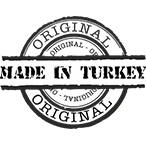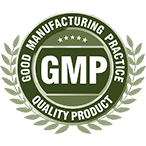Safety Equipments
Safety equipment is equipment that is resistant to harsh conditions and designed with user comfort in mind, and is used to keep your health and safety at the highest level.
Safety Equipments
Safety equipment encompasses various tools and materials used to ensure worker safety in workplaces. These tools help prevent accidents and reduce workplace injuries. Each piece of equipment is specially designed to protect against specific risks or hazards and requires regular maintenance and replacement.
Types of Safety Equipment
- Masks: Protect respiratory tracts from dust, smoke, and chemical particles.
- Bags: Carry emergency equipment and first aid materials.
- Chemical Protective Clothing: Offers full body protection against hazardous chemicals.
- First Aid Kits: Contain essential items for minor injuries like cuts and burns.
- Warning Posters: Clearly display safety instructions and warnings.
- Safety Glasses: Protect eyes from physical impacts and harmful rays.
- Flares: Used for signaling in emergencies.
- Firefighting Equipment: Designed for different types of fires.
- Barrel Handling Equipment: Provides a safe method to transport heavy and dangerous liquids.
- Emergency Suits: Quickly wearable protective clothing for emergencies.
- Safety Harnesses: Protect against falls from heights.
- Life Rafts: Used in waterborne emergencies.
- Disposable Protective Clothing: Offers one-time protection against hygiene and infection risks.
- Life Rings: Provide support on water against drowning risks.
- Raincoats: Offer waterproof protection in bad weather.
- Helmets: Protect the head against impacts and compression.
- Life Jackets: Reduce drowning risk with flotation features.
- Radios: Ensure continuous and secure communication.
- Safety Boots: Protect feet from impacts, punctures, and electric shocks.
- Lighting Equipment: Provide visibility in dark or poorly lit areas.
- Safety Gloves: Protect hands from cuts, burns, and chemical substances.
Importance of Using Safety Equipment
Using safety equipment is vital to prevent workplace accidents and injuries. They create a safe work environment by protecting employees from various hazards. For example, protective clothing and glasses shield against chemical splashes and physical harm, while safety helmets and boots offer protection against impacts and compression. Proper use of safety equipment is part of workplace safety standards, preserving employee health and enhancing productivity. It is crucial in meeting legal obligations and minimizing risks in the workplace.
Read More


